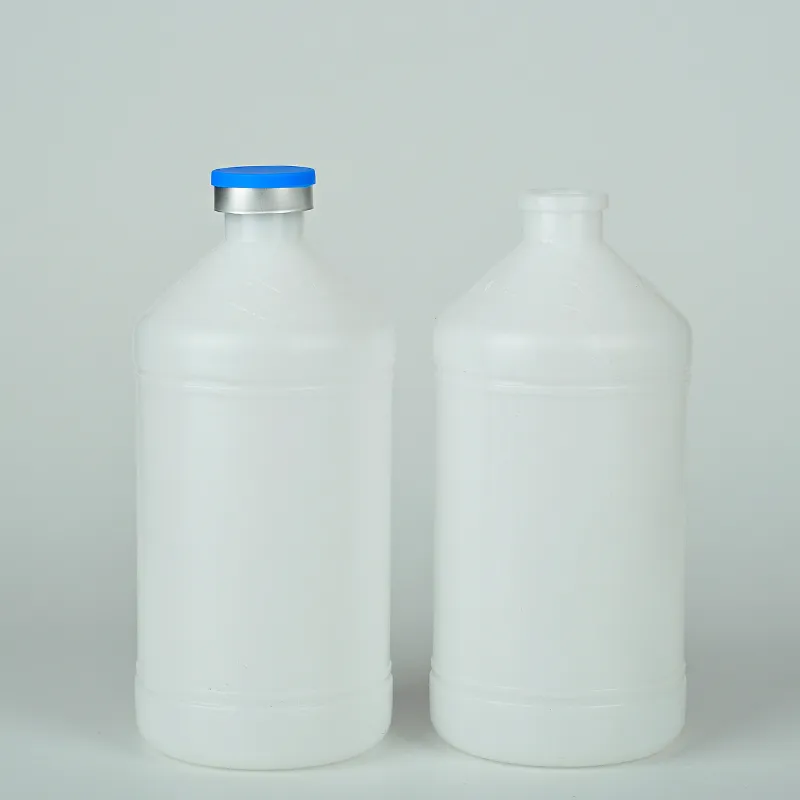Functionality of reagent containers in chemical laboratories and their importance for experiments
The Function of Reagent Bottles in Modern Laboratories
Reagent bottles are indispensable tools in laboratories across various scientific fields. These containers are designed specifically to store, transport, and dispense chemicals used in numerous experiments and analytical processes. Their importance cannot be understated, as they play a crucial role in ensuring the accuracy, safety, and reliability of laboratory work.
One of the primary functions of reagent bottles is to protect the integrity of the chemicals stored within. Many chemicals are sensitive to light, air, or moisture, and improper storage can lead to degradation, contamination, or volatile reactions. Reagent bottles are typically made from high-quality glass or robust plastics, materials that offer excellent protection against environmental factors. For instance, amber glass bottles are commonly used for light-sensitive reagents, while clear bottles might be used for substances that are stable under normal light conditions.
The Function of Reagent Bottles in Modern Laboratories
Another critical function of reagent bottles is their labeling capability. In a busy laboratory setting, proper identification of chemicals is crucial to prevent cross-contamination or accidental misuse. Reagent bottles often come with dedicated labeling spaces, allowing researchers to mark essential information such as the name of the chemical, concentration, date of preparation, and any safety precautions. Clear and accurate labeling is an integral part of laboratory safety protocols, helping to mitigate risks associated with handling hazardous substances.
reagent bottle function

Safety is indeed a significant consideration when using reagent bottles. Many laboratory chemicals are toxic, corrosive, or flammable, and as such, it is essential for reagent bottles to be designed with safety features. Some bottles come with tamper-proof seals or safety caps to prevent accidental spillage and to restrict access to hazardous materials. These features are critical not only for protecting users but also for maintaining a safe laboratory environment.
Furthermore, the design of reagent bottles facilitates ease of cleaning and reuse. In modern laboratories, sustainability practices are becoming increasingly important, and using reusable reagent bottles helps minimize waste. Many laboratories adopt rigorous cleaning protocols to ensure that these bottles can be sterilized effectively between uses, thus maintaining chemical integrity while also being environmentally conscious.
In addition to their practical functions, reagent bottles also contribute to the aesthetic appeal of laboratory settings. A well-organized laboratory with neatly arranged, labeled reagent bottles can enhance productivity and offer a sense of professionalism. This organization allows researchers to locate and access the required chemicals quickly, thus streamlining their workflow and minimizing downtime.
In conclusion, reagent bottles serve multiple functions in the laboratory, from safeguarding the quality of chemicals and enhancing safety to promoting organization and sustainability. Their design and functionality are tailored to meet the diverse needs of different scientific disciplines, making them a staple in modern laboratory practices. As research and technological innovations continue to evolve, the design and materials used in reagent bottles will likely advance as well, further enhancing their role in supporting scientific discovery and ensuring laboratory safety.
-
Aesthetic Makeup Spray Bottles | Fine Mist Empty RefillableNewsAug.19,2025
-
White Plastic Veterinary Vaccine Vials | Lab Liquid BottlesNewsAug.18,2025
-
Plastic Medicine Liquid Bottle: Secure Flip Top Drug VialsNewsAug.17,2025
-
Durable 250ml Blue Plastic Vaccine Vial for Lab & Vet UseNewsAug.16,2025
-
Sterile Virus Sample Tubes: Secure & Reliable Specimen CollectionNewsAug.15,2025
-
White 250ml Plastic Vaccine Vial for Lab & Vet MedicineNewsAug.14,2025
























